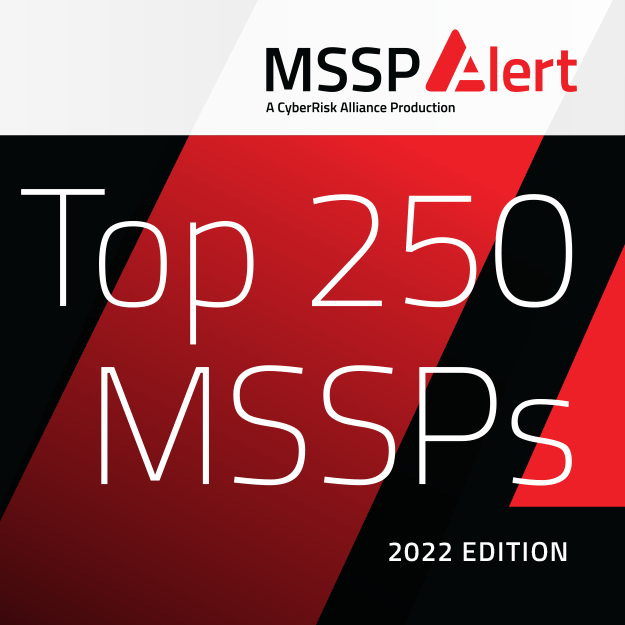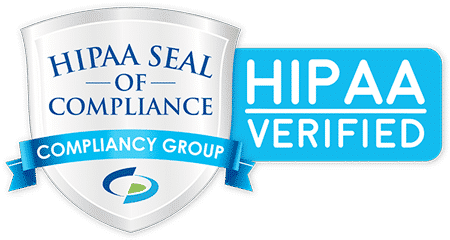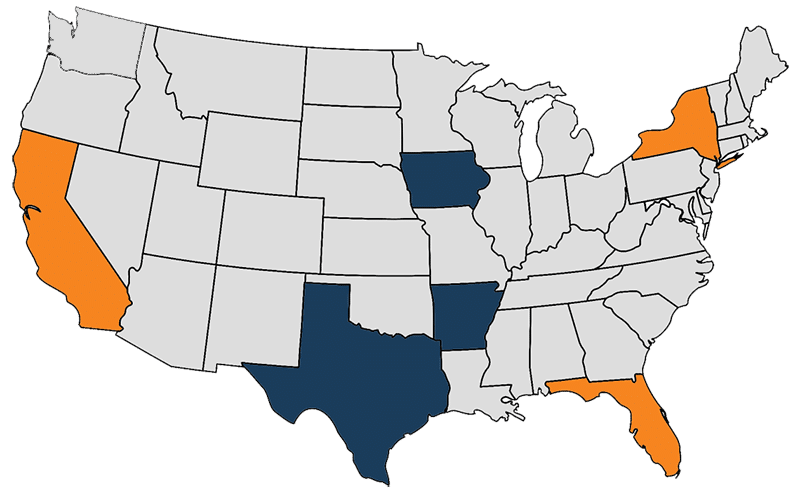The Preventable Crisis Hiding in Plain Sight
A shocking 78% of HIPAA violations resulting in fines could have been prevented through proper risk assessment protocols. Right now, healthcare organizations across the country are unknowingly walking toward preventable disasters, treating critical security evaluations as routine paperwork rather than lifesaving protection systems.
Bay Medical Center in Florida learned this lesson the hard way. When they received their $1.2 million HIPAA fine, it wasn’t because sophisticated hackers exploited unknown vulnerabilities. The devastating truth? Their own risk assessment had identified the exact security weakness six months earlier—but they never addressed it. This preventable disaster perfectly illustrates how healthcare organizations confuse conducting assessments with actually fixing problems.
You’re not alone if you’ve checked compliance boxes without implementing meaningful security improvements. The gap between identifying vulnerabilities and addressing them creates false confidence that regulators won’t accept when breaches occur.
Understanding why risk assessments fail requires examining what they should accomplish versus what typically happens, and how WheelHouse IT‘s specialized approach prevents these costly oversights that have plagued the healthcare industry.
What Risk Assessments Should Actually Accomplish
Think of a proper HIPAA risk assessment like a comprehensive home security evaluation. Just as you’d examine every door, window, and potential entry point in your house, effective assessments must map every location where patient data enters, travels through, gets stored, and exits your healthcare organization.
WheelHouse IT’s assessment process systematically identifies all locations where electronic protected health information lives, catalogs potential threats to that data, evaluates current safeguards using enterprise-grade security standards, and determines both likelihood and impact of each identified risk. This creates complete protection pictures rather than the scattered snapshots most organizations rely on.
Consider patient check-in procedures to see these concepts in action. When patients provide their information, WheelHouse IT’s assessment traces exactly how that data flows—from registration software through practice management systems, insurance verification processes, backup systems, and secure disposal protocols. Most organizations only see the obvious steps and completely miss hidden vulnerabilities that occur during data transitions between systems.
The biggest misconception creates dangerous timing gaps. Traditional assessments treat risk evaluation as periodic events—annual checkups that quickly become outdated. WheelHouse IT’s continuous monitoring approach through the Enverge platform treats risk assessment as an ongoing partnership rather than isolated incidents, ensuring vulnerabilities get identified and addressed as they emerge in your evolving healthcare environment.
Why Risk Assessments Fail: Four Critical Patterns
Healthcare organizations consistently fall into predictable traps that transform potentially life-saving assessments into dangerous security theater. Understanding these failure patterns reveals why proper protection requires specialized expertise.
Surface-level checking versus deep investigation. Most organizations treat assessments like basic compliance checklists, verifying that firewalls exist without examining configuration weaknesses or testing actual performance under real-world conditions. WheelHouse IT’s methodology goes deeper, examining how systems actually behave when processing patient data, verifying that backup systems maintain proper encryption, and ensuring data transmission between integrated systems preserves protection throughout the entire journey.
Snapshot thinking in dynamic environments. Traditional assessments capture single moments while healthcare environments change constantly through software updates, new device integrations, and evolving workflow requirements. WheelHouse IT’s Enverge platform automatically flags when system modifications create new vulnerabilities, transforming risk management from periodic guesswork into continuous protection that adapts with your practice.
Technical blind spots creating dangerous assumptions. Healthcare administrators often lack the specialized security expertise needed to identify sophisticated vulnerabilities hiding beneath surface-level compliance. WheelHouse IT’s team combines deep healthcare operations understanding with enterprise-grade security expertise, consistently catching critical issues like unencrypted database backups or integration weaknesses between electronic health records and patient portals that generalist assessments routinely miss.
The vendor responsibility trap. Organizations frequently assume technology vendors handle security comprehensively, failing to assess the critical interaction points where different systems connect and exchange data. WheelHouse IT’s vendor-agnostic approach specifically examines these integration boundaries, identifying dangerous gaps where responsibility shifts between providers create unprotected vulnerabilities that hackers exploit.
These failure patterns compound over time, creating false security confidence while actual vulnerabilities multiply undetected, making eventual breaches both more likely and significantly more damaging when they inevitably occur.
Real Costs That Make Fines Look Like Pocket Change
While maximum HIPAA fines can reach $2.1 million per violation and grab media attention, WheelHouse IT’s extensive experience with healthcare breach recovery reveals that total costs typically run five to seven times higher when including incident response expenses, legal fees, mandatory patient notifications, and devastating operational disruptions.
Assessment failures lead to extended recovery periods stretching three to six months, during which practices struggle with expensive temporary systems and operate at significantly reduced capacity, directly affecting patient care quality and revenue generation. Emergency response mode requires specialized consultants at premium rates while employees spend weeks managing crisis response instead of providing patient care.
Beyond immediate financial impacts, preventable breaches carry much heavier reputational consequences than sophisticated attacks that would have been difficult to prevent. Patients question your competence rather than viewing incidents as unavoidable cyber threats, creating lasting competitive disadvantages in healthcare’s fundamentally trust-based environment. WheelHouse IT’s proactive approach prevents these disruptions entirely by identifying and addressing vulnerabilities before they become catastrophic incidents.
WheelHouse IT’s Prevention Solution
Traditional IT assessments consistently fall short because they lack the specialized healthcare expertise needed to identify vulnerabilities unique to medical practice environments. WheelHouse IT’s focused assessment process begins with exhaustive inventory mapping of every system, device, application, and workflow that touches patient data, including often-overlooked components like mobile devices, IoT medical equipment, and third-party vendor connections that create hidden vulnerability pathways.
The critical difference lies in our specialized healthcare expertise that deeply understands medical practice workflows, complex HIPAA requirements, and healthcare-specific threat patterns that generic IT providers consistently miss. This enables identification of vulnerabilities specific to healthcare operations, such as medical device network segregation issues, electronic health record integration weaknesses, and vendor management gaps that create dangerous exposure.
Continuous monitoring through the Enverge platform transforms static protection into dynamic security that evolves with your practice. Our approach ensures assessments remain current through automated monitoring systems, regular comprehensive reviews, and immediate alerts when changes create new vulnerabilities. This transforms compliance from periodic checkbox exercises into continuous protection that prevents the costly failures experienced by 78% of penalized healthcare organizations, maintaining seamless operations while competitors struggle with preventable disasters.
Your Next Steps Start Right Now
While comprehensive risk assessments require specialized expertise, you can immediately evaluate your current security posture by honestly answering three critical questions that reveal whether your organization faces the same vulnerabilities that led to those preventable violations.
First, when did you last conduct an extensive review of all systems touching patient data, including mobile devices and vendor connections? If it’s been over six months, you’re operating with dangerously outdated information. Second, does your current approach include continuous monitoring, or do you rely on annual snapshots that miss emerging threats? Third, can you identify exactly where patient data flows between different systems and who maintains security responsibility at each transition point?
WheelHouse IT offers a complimentary comprehensive assessment that provides actionable insights regardless of future service decisions, helping you understand your current risk landscape and identify immediate protection opportunities. Contact us today to transform your approach from reactive compliance to proactive protection.












